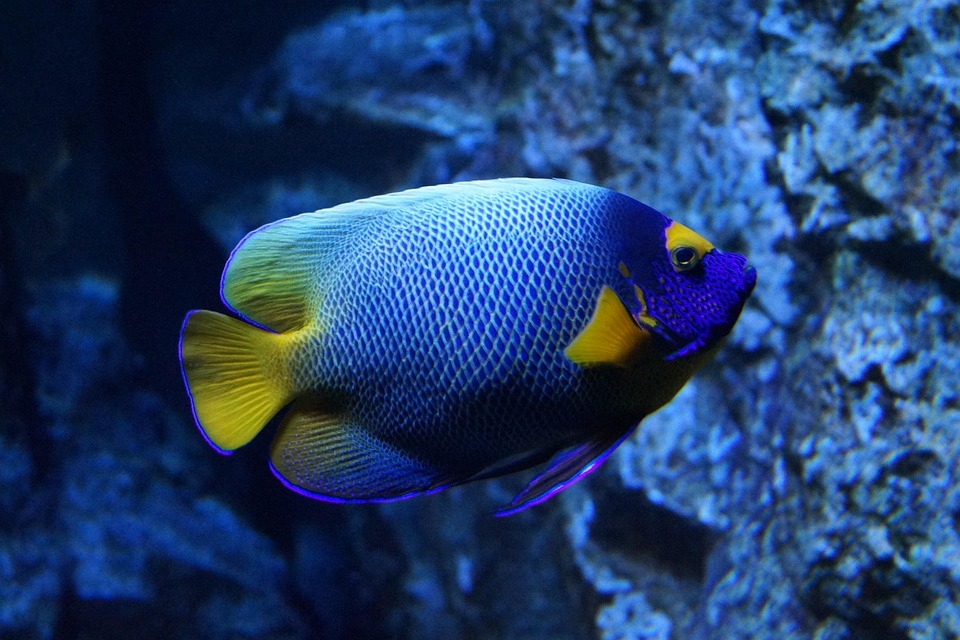
Creating a thriving aquatic environment is an art that blends science with passion. Central to this endeavor is maintaining an optimal water temperature, a task achieved through the careful selection of a fish tank heater. This comprehensive guide will explore the different types of fish tank heaters available, their features, and essential considerations to help you choose the perfect heater for your aquatic haven.
Understanding the Importance of a Fish Tank Heater
A fish tank heater is not merely an accessory; it’s a necessity for ensuring the health and well-being of your fish. Fish are ectothermic creatures, meaning they rely on external sources to regulate their body temperature. Fluctuations in water temperature can cause stress, illness, and even mortality in fish. By maintaining a stable water temperature, you create an environment that mimics their natural habitat, promoting health and vitality.
Types of Fish Tank Heaters
There are several types of fish tank heaters, each with its unique advantages and applications. Understanding these types will allow you to make an informed decision based on your aquarium’s specific needs.
Submersible Heaters
Submersible heaters are the most common type of aquarium heater and are designed to be fully submerged in the water. They are typically attached horizontally or vertically inside the tank and are known for their efficiency and ease of use. These heaters come with adjustable thermostats, allowing for precise temperature control. Submersible heaters are ideal for both small and large aquariums.
Hang-On Heaters
Hang-on heaters, also known as immersible heaters, are designed to hang over the side of the tank with the heating element submerged in the water. While they are generally more affordable than submersible heaters, they are less efficient in larger tanks. Hang-on heaters are better suited for smaller aquariums or as supplementary heaters.
In-Line Heaters
In-line heaters are installed outside the aquarium, connected to the return line of an external filter. These heaters are perfect for those who want to maintain an unobstructed view of their tank’s interior. In-line heaters are highly efficient and ideal for larger aquariums with external filtration systems.
Substrate Heaters
Substrate heaters are designed to be placed under the substrate (gravel or sand) of the aquarium. They provide gentle, even heating and are often used in planted tanks to encourage root growth. However, they are not typically used as the sole heating source and are best used in conjunction with other heater types.
Factors to Consider When Choosing a Fish Tank Heater
When selecting a fish tank heater, several factors should be taken into account to ensure you choose the best option for your aquarium’s specific needs.
Tank Size
The size of your aquarium is a crucial factor in determining the heater’s wattage. As a general rule of thumb, you will need approximately 2.5 to 5 watts of heating power per gallon of water. Larger tanks require more powerful heaters or multiple heaters placed strategically to ensure even heat distribution.
Fish Species
Different fish species have varying temperature requirements. Research the specific needs of the fish you plan to keep and choose a heater that can maintain the desired temperature range consistently. This is particularly important for species that are sensitive to temperature fluctuations.
Room Temperature
The ambient temperature of the room where the aquarium is located will influence the heater’s performance. In cooler environments, a more powerful heater may be necessary to maintain the desired water temperature. Conversely, in warmer climates, a heater with a lower wattage may suffice.
Temperature Control and Accuracy
Look for heaters with adjustable thermostats and accurate temperature controls. Digital thermostats offer precise control and are generally more reliable than analog models. Some advanced heaters come with built-in displays that show the current water temperature and allow for easy adjustments.
Safety Features
Safety is paramount when selecting a fish tank heater. Choose models with features such as automatic shut-off to prevent overheating and shatterproof construction to prevent breakage. Additionally, consider heaters with protective casing or guards to prevent fish from coming into direct contact with the heating element.
Durability and Build Quality
Invest in a heater made from high-quality materials to ensure longevity and reliable performance. Stainless steel or titanium heaters are highly durable and resistant to corrosion, making them excellent choices for long-term use.
Installation and Maintenance Tips
Proper installation and regular maintenance are essential to ensure the optimal performance of your fish tank heater. Follow these tips to keep your heater functioning efficiently:
Installation
- Placement: Position the heater where water circulation is strongest, such as near the filter outlet, to ensure even heat distribution.
- Submersion: Ensure submersible heaters are fully immersed in water to prevent damage and ensure accurate temperature regulation.
- Orientation: Follow the manufacturer’s instructions regarding the correct orientation (horizontal or vertical) for the heater.
Maintenance
- Regular Cleaning: Clean the heater periodically to remove algae and mineral deposits that can affect performance.
- Inspection: Regularly inspect the heater for any signs of damage or wear and replace it if necessary.
- Testing: Use a reliable aquarium thermometer to periodically check and verify the water temperature.
Conclusion
Choosing the perfect fish tank heater is a critical step in creating a healthy and stable environment for your aquatic companions. By understanding the different types of heaters available and considering factors such as tank size, fish species, and room temperature, you can make an informed decision that meets the unique needs of your aquarium. With the right heater, your fish will thrive, displaying vibrant colors and engaging behaviors that make the underwater world a joy to behold.
#ChatGPT assisted in the creation of this article.








